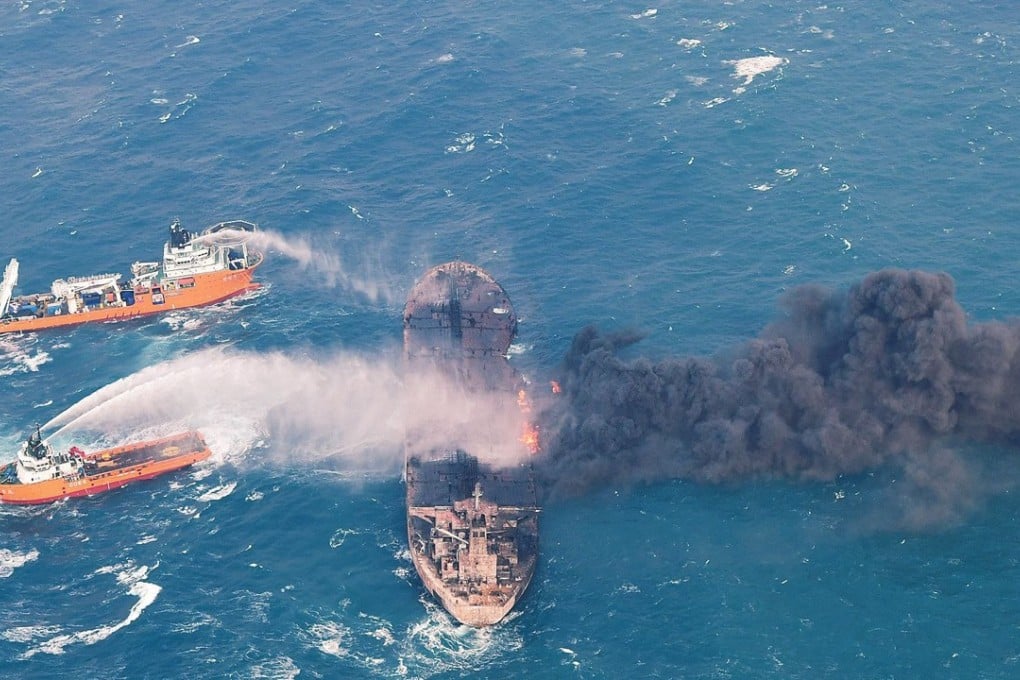Three possible outcomes from East China Sea oil spill, according to Chinese scientists
As the oil slick from the Iranian oil tanker Sanchi continues to spread, its possible environmental impact could be limited or it could see trace pollutants reaching as far as the west coast of North America

As the authorities battle to clean up toxic fuel leaking from the sunken wreckage of Iranian oil tanker Sanchi, scientists are looking at how the spill may affect the region and beyond.
The vessel was carrying nearly one million barrels of ultralight, highly flammable crude oil when it collided with a freighter east of Shanghai on January 6.
After burning for about a week, it exploded and sank 150 metres (492 feet) to the seabed midway between Zhejiang province and Japan’s Ryukyu Islands on Sunday.

As the oil slick continues to spread, its possible environmental impact could be limited or it could see trace pollutants reaching as far as the west coast of North America.
Here are three possible scenarios, based on interviews with Chinese government scientists.